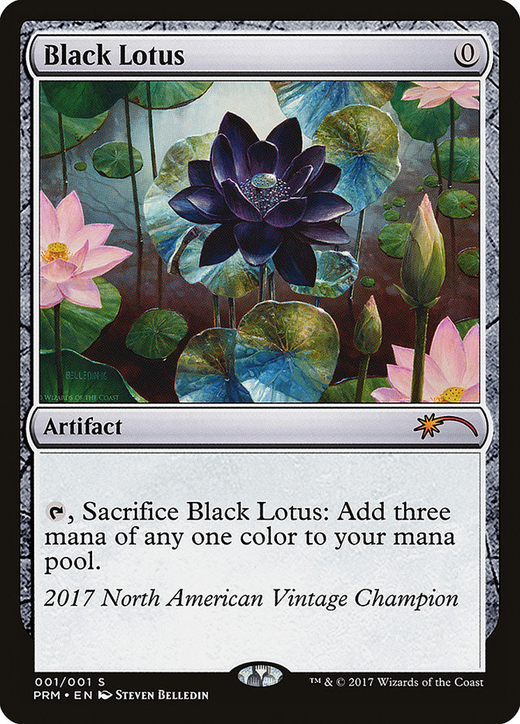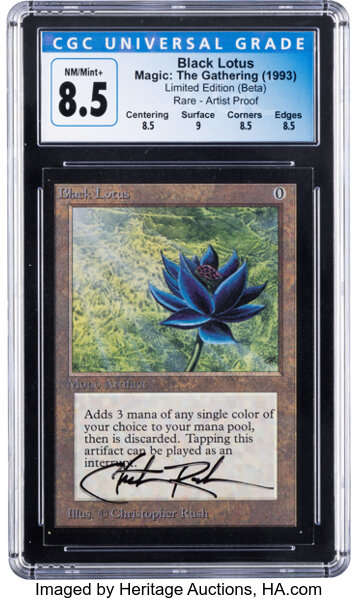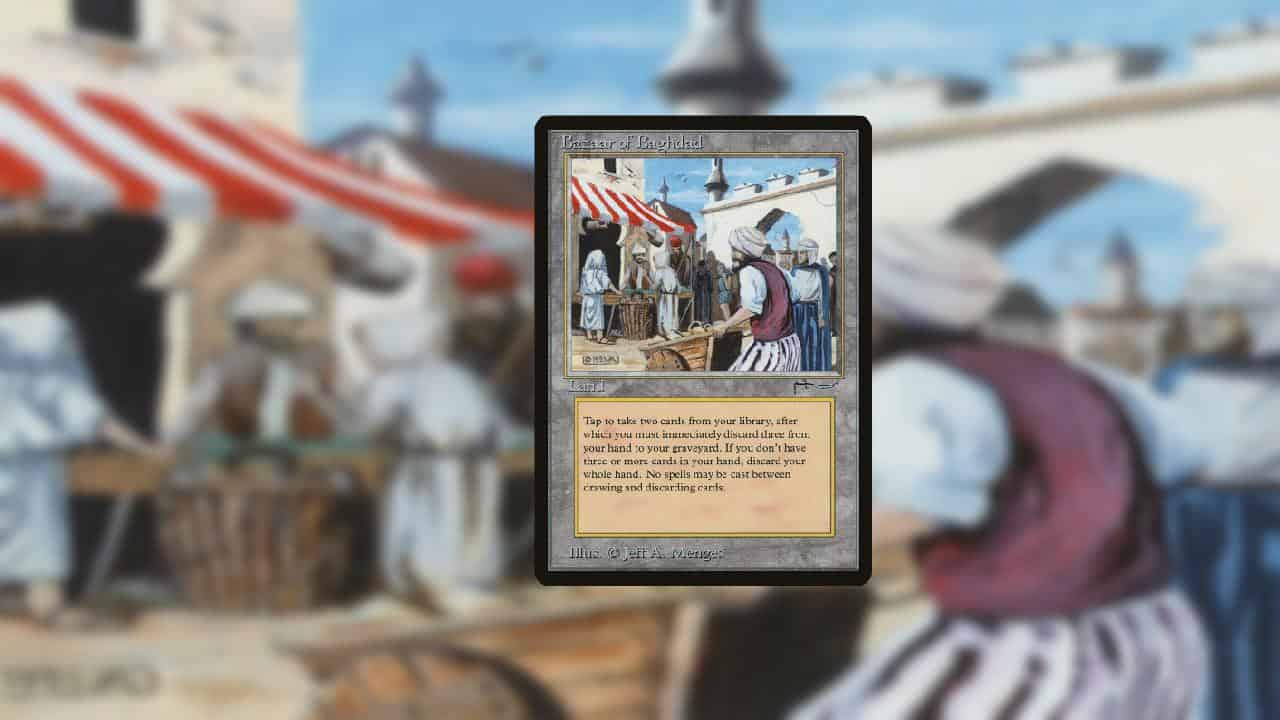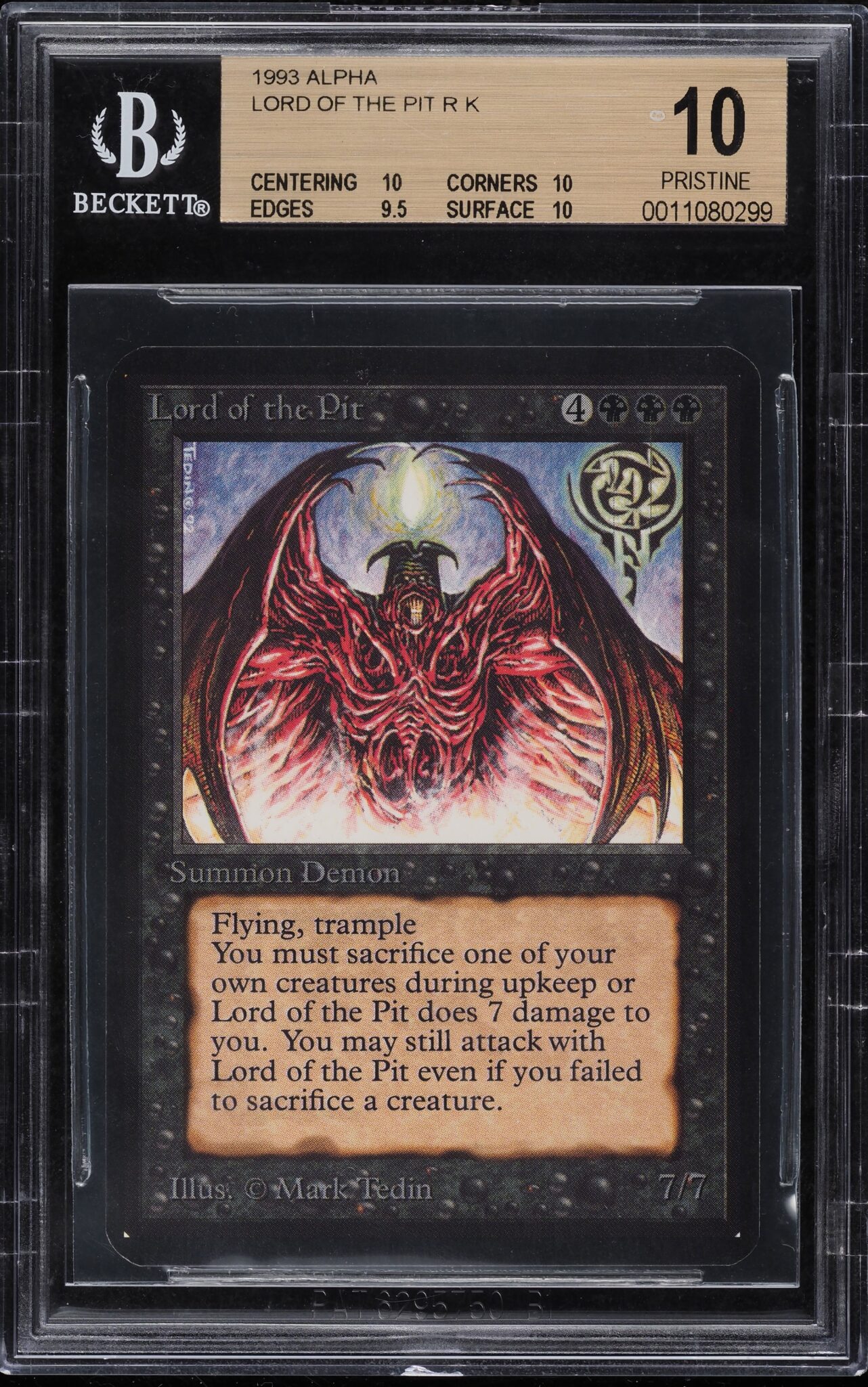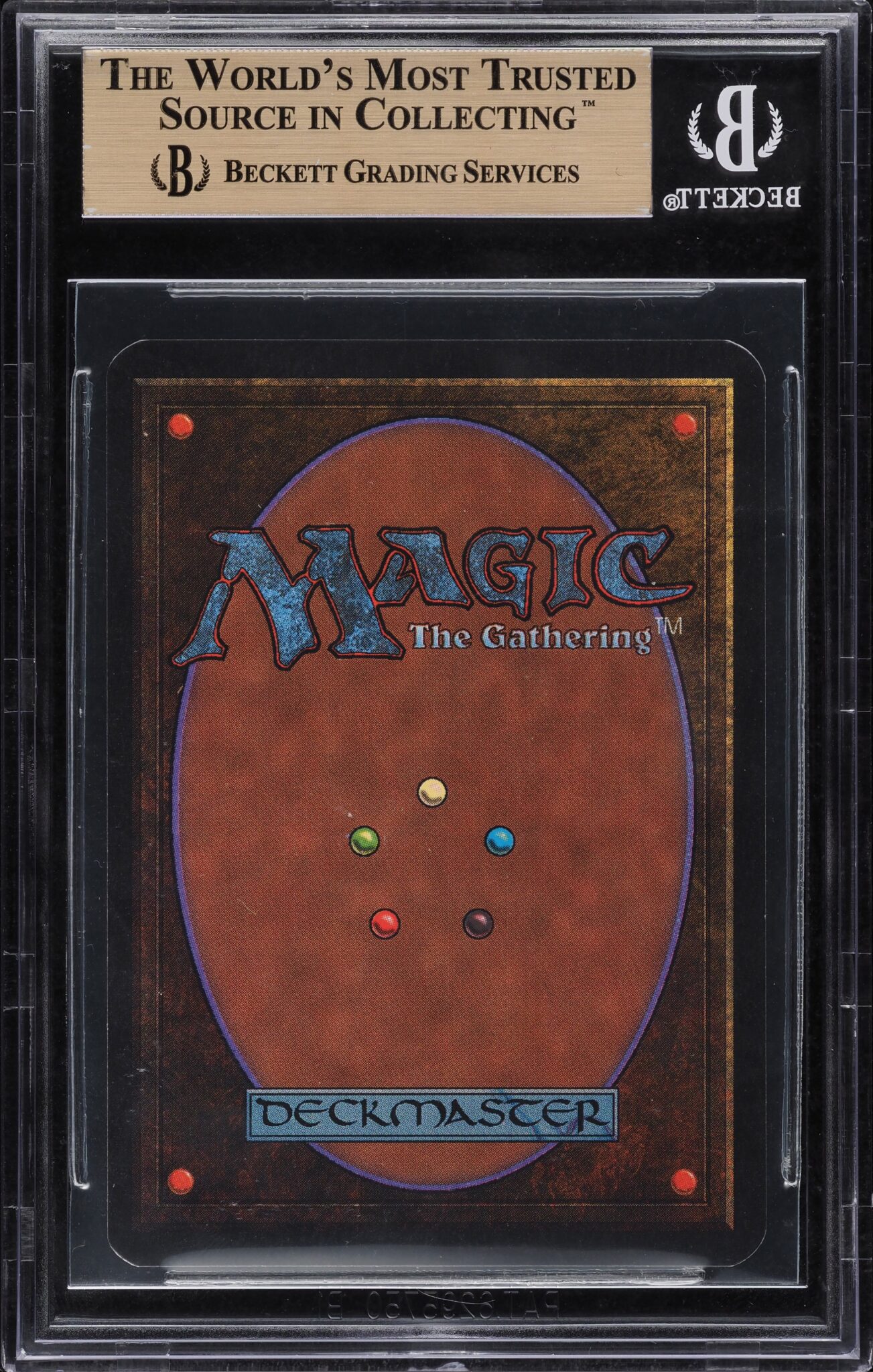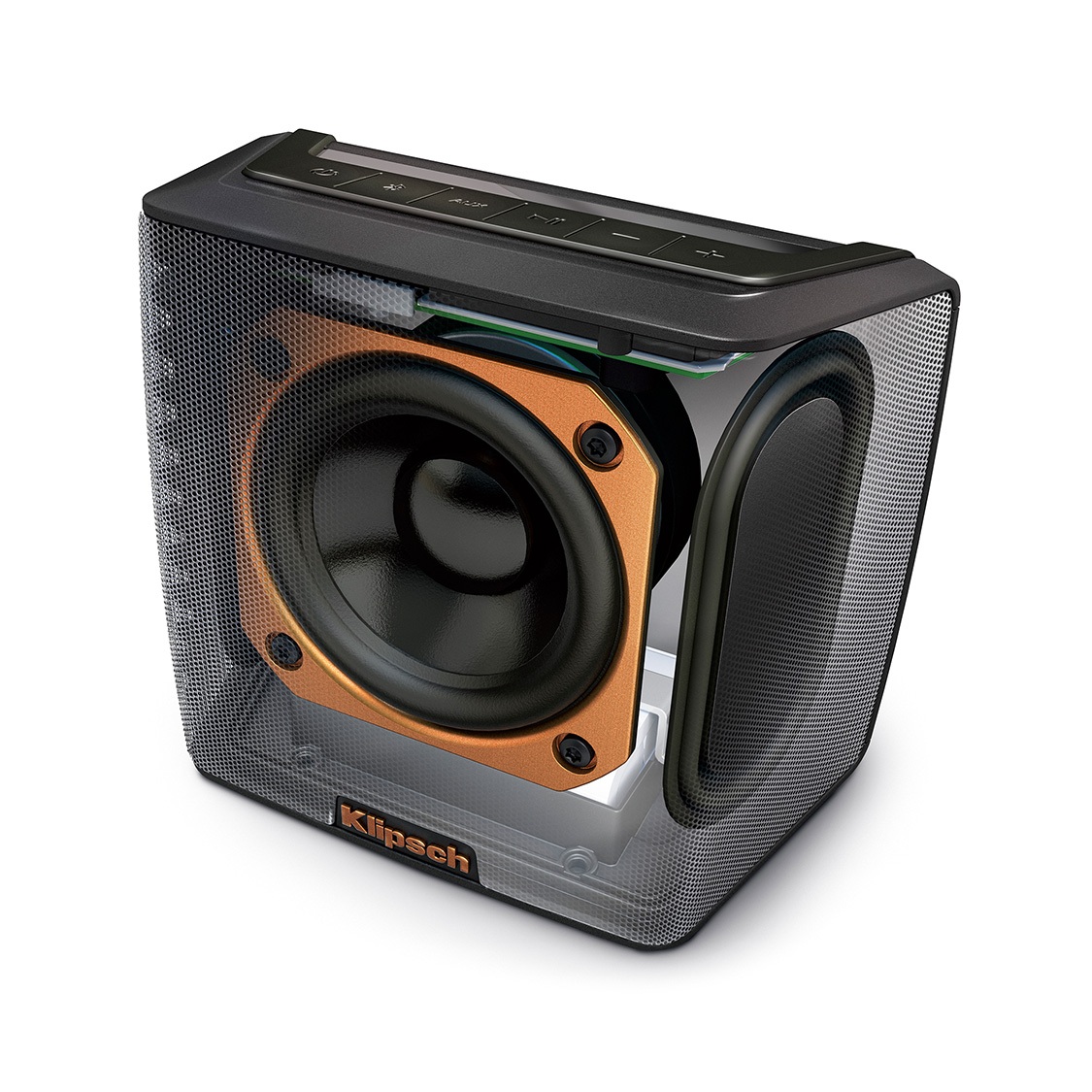Discover Pandipedia
Pandipedia is the world's first encyclopaedia of machine generated content approved by humans. You can contribute by simply searching and clicking/tapping on "Add To Pandipedia" in the answer you like. Learn More
Expand the world's knowledge as you search and help others. Go you!

Traveling to South America can be an incredible experience filled with diverse cultures, breathtaking landscapes, and vibrant cities. However, preparation is key to ensuring a smooth journey. Below are critical aspects to consider before embarking on your South American adventure.
Financial Tips for Travelers

One popular misconception is that traveling in South America will be very cheap. While some expenses can be low, travelers can quickly find themselves spending more than expected on transport, food, and accommodation. For instance, Argentina offers a stark example of how quickly costs can add up due to its unique currency exchange system. There are two exchange rates: the official rate, which is used by banks and credit cards, and the 'blue dollar' rate, which is significantly lower, allowing you to get more pesos for your money. To benefit from this, it's recommended to exchange USD at street vendors or through services like Western Union rather than using cards or ATMs, as this can lead to substantial losses due to unfavorable rates[1].
Accommodations can also be budget-friendly if you explore alternatives like volunteering in hostels. Many travelers find opportunities to work a few hours a day in exchange for a free stay, which provides both savings and an authentic experience[1].
Health and Vaccination Requirements
Health precautions are crucial when planning a trip to South America. Vaccinations can be a significant concern as travelers may feel overwhelmed by the choices. Visiting a travel clinic at least six weeks before your trip is advisable since some vaccines require multiple doses over time. The primary vaccinations recommended include Hepatitis A, Typhoid, and Yellow Fever, among others. The Yellow Fever vaccine is critical for those traveling to regions where the disease is prevalent (like Brazil, Colombia, and Peru), as proof of vaccination could be required at borders[2].
In addition to vaccinations, travelers should ensure routine vaccinations (like MMR, Tetanus, etc.) are up to date. Some clinics in the UK offer travel vaccinations, potentially at no charge under the NHS, so it is wise to inquire beforehand[2].
Cost-Saving Meal Tips

Food is another area where travelers can save money. In many South American countries, the 'menu del día' (menu of the day) provides a hearty meal for a fraction of the dinner price. These lunch specials are not only economical but often leave diners full for the day[1].
Tips for Eating Safely and Economically
When dining, especially in rural areas or markets, ensure you are eating food that is prepared in sanitary conditions to avoid foodborne illnesses, which can be common in regions with different food safety standards.
Navigating Local Transport Safely

Navigating transportation in South America can pose challenges. Many taxis might try to overcharge or scam tourists, making it advisable to consult locals or your hostel for recommendations on trustworthy taxi services. Using rideshare apps like Uber or Cabify is often more reliable, as prices are fixed and agreed upon before the journey begins[1].
Safety Precautions
When using public transportation or taxis, remain vigilant as crime rates can be a concern. It’s advisable to carry a small amount of cash specifically for emergencies and to stay aware of your surroundings, particularly in bustling areas[1][2].
Caution Against Travel Scams
Be aware of common scams targeted at tourists, including distraction techniques (like someone spilling something on you) where an accomplice may steal your belongings while you are distracted. Always maintain situational awareness and trust your instincts; if a situation seems suspicious, it is okay to disengage[1].
Embrace the Culture

Lastly, amidst the practical considerations, don’t forget to immerse yourself in the rich culture and experiences South America has to offer. Engage with locals, learn a few phrases in Spanish or Portuguese, and explore the historical and natural wonders present throughout the continent. Traveling in South America not only provides wonderful experiences but also insights into the resilience and spirit of its people[1].
In summary, being prepared financially, health-wise, and culturally will help ensure that your trip to South America is not only unforgettable but also safe and enjoyable.
Let's look at alternatives:
- Modify the query.
- Start a new thread.
- Remove sources (if manually added).
- Request a manual search from our human research team.

Company culture plays a critical role in employee retention by influencing job satisfaction and engagement. A strong corporate culture fosters a sense of belonging and connection among employees, making them more likely to stay with the organization. When employees feel valued and part of a cohesive team, their loyalty increases, thereby reducing turnover rates[4][5].
Moreover, a positive culture encourages open communication, provides career development opportunities, and promotes work-life balance, all of which contribute to higher employee satisfaction[1][3][5]. In environments where employees connect with the company’s mission and values, they are more invested in their work and committed to the organization’s success[2][3][4].
Let's look at alternatives:
- Modify the query.
- Start a new thread.
- Remove sources (if manually added).
- Request a manual search from our human research team.
Get more accurate answers with Super Search, upload files, personalised discovery feed, save searches and contribute to the PandiPedia.

According to Wikipedia, a carrot is a root vegetable that is typically orange in color[1], but can also come in other colors such as purple, black, red, white, and yellow. It is a domesticated form of the wild carrot, native to Europe and Southwestern Asia[1]. The carrot plant belongs to the umbellifer family and is biennial, meaning it completes its life cycle in two years. The most commonly eaten part of the[1] carrot is the taproot, although the stems and leaves[1] can also be consumed. Carrots are rich in nutrients such as alpha- and beta-carotene, vitamin A, vitamin K, and vitamin B6. They are commonly consumed raw or cooked in various cuisines[1]. The word "carrot" is derived from the Middle French carotte[1], which came from the Late Latin carōta[1], originally from the ancient Greek καρωτόν (karōtón), due to its horn-like shape. Carrots were first cultivated for their leaves and seeds and are believed to have originated in Persia. They were introduced to Europe[1], including Spain[1], by the Moors in the 8th century[1]. The modern orange carrot was[1] created in the Netherlands in the 17th century[1]. Carrot cultivation spread to other parts of the world, including China[1], Japan[1], and colonial America[1]. Carrots can be classified into different types based on their root shape, such as Chantenay, Danvers[1], Imperator, and Nantes[1]. They can be stored in the refrigerator or in a cool, dry place for several months. Carrots are used in a variety of dishes, including salads, soups, stews, cakes, and as a fresh snack. They can also be juiced and used in jams and preserves. Carrots are rich in nutrients, particularly beta-carotene, which can be converted into vitamin A in the body. The consumption of carrots was[1] promoted in Britain[1] during World War II as part of a campaign to encourage people to grow and use carrots due to their nutritional value. However, the belief that carrots can significantly improve night vision is a myth.
In conclusion, according to Wikipedia, a carrot is a root vegetable that is commonly orange in color but can come in other colors as well. It is rich in nutrients and can be consumed in various ways. The word "carrot" originated from the ancient Greek word meaning "horn" due to its shape.
| genus | Daucus |
| species | carota |
| wikipedia_url | https://en.wikipedia.org/wiki/Carrot |
Let's look at alternatives:
- Modify the query.
- Start a new thread.
- Remove sources (if manually added).
- Request a manual search from our human research team.
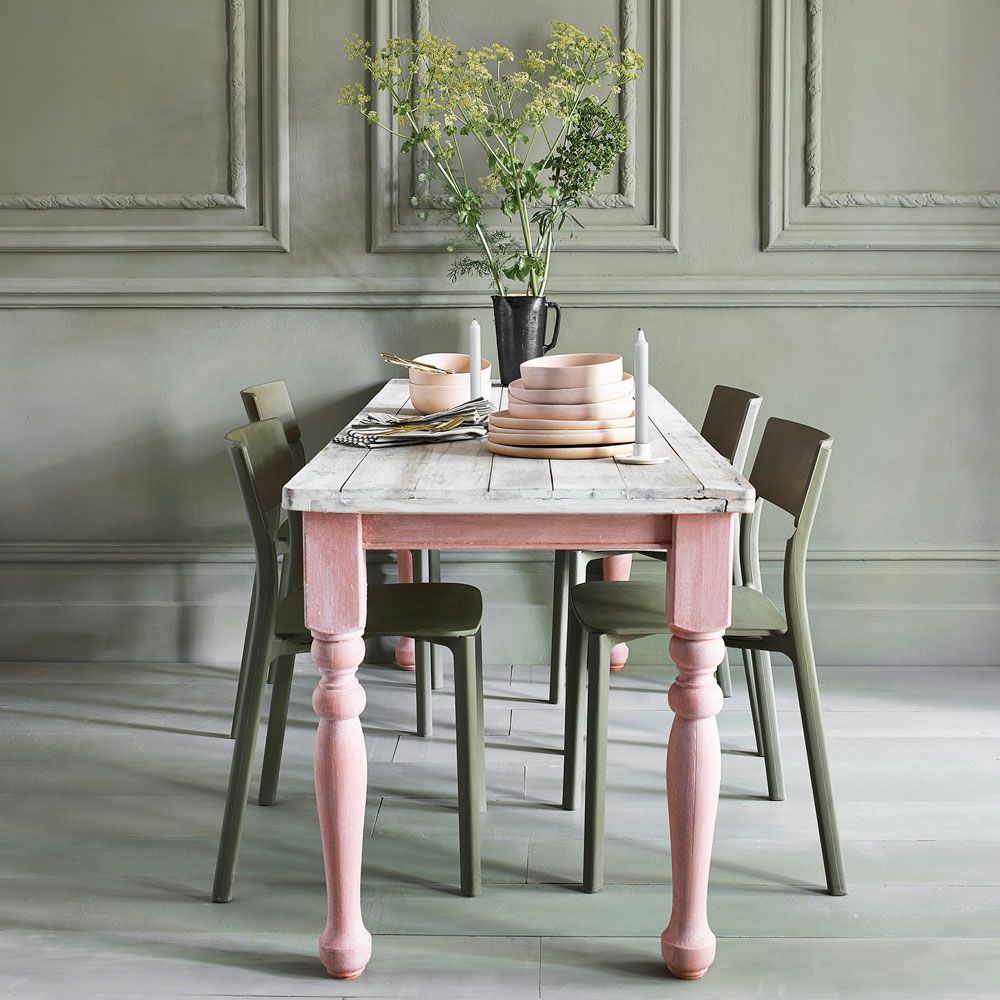
Upcycling old furniture is not just a creative pursuit; it's an environmentally friendly practice that allows you to breathe new life into pieces that might otherwise end up in a landfill. Whether you’re looking to create unique home decor or save money, transforming old furniture can be a rewarding experience. This guide will outline effective DIY techniques for furniture upcycling, featuring various ideas and methods drawn from expert sources.
The Art of Upcycling

Upcycling refers to the process of taking something considered worthless and transforming it into something of greater value, often through creative design and craftsmanship. As designer Max McMurdo describes it, 'The key part of the word 'upcycling' is UP – unlike recycling, which takes a material backwards in the chain to its original properties. Upcycling adds value to the item through clever design'[2]. Thus, every upcycling project begins with imagination and a willingness to innovate.
Getting Started: Assessing Your Pieces

Before diving into any upcycling project, it's essential to assess the condition and structure of the furniture you want to transform. Look for sturdy pieces that can withstand alterations. Popular sources for finding furniture include garage sales, thrift stores, Facebook marketplace, and even curbside giveaways on trash days[3][7].
When selecting pieces to upcycle, aim for those with 'good bones,' meaning they are well-constructed and can be easily modified. Items like old dressers, tables, and cabinets can all be ideal candidates for transformation[1][6].
Essential Tools and Preparation

To begin your upcycling journey, you'll need some basic tools and supplies. Key items include:
Sandpaper (medium and fine grit)
Paint and primer (chalk paint is highly recommended for its ease of use and minimal prep)
Brushes or foam rollers
Screws and screwdrivers for any repairs needed
Clean rags and degreasers for cleaning the surfaces
A thorough cleaning is crucial before you start. Remove any dust, grease, and grime, ensuring a clean surface for painting[4]. After cleaning, take time to sand the furniture, which helps the new paint adhere better. Be gentle, especially on veneered surfaces, to avoid damaging the wood underneath[8].
Techniques for Transformation
Painting
One of the simplest and most effective ways to revamp old furniture is through painting. A single coat of paint can radically alter the appearance of a piece:
Choose Your Paint: Chalk paint is favored for its matte finish and ease of application. It often requires no sanding or priming, making it suitable for beginners[4][7].
Apply Primer (if needed): For pieces requiring a more durable finish or dark colors, it's wise to apply a primer first. This can prevent any old stains from bleeding through[8].
Painting Techniques: Use long, even strokes and not too much paint on your brush to avoid drips. Consider using a contrasting color for drawer interiors or unique patterns and stencils for a personal touch[3][5].
Upholstering
If you're upcycling a piece of upholstered furniture, such as chairs or sofas, consider reupholstering to give it a fresh look. This might involve removing the old fabric, adding foam padding for comfort, and securing new material. Many DIY guides provide methods for attaching fabric using staples or upholstery tacks, allowing you to personalize your item[1][7].
Repurposing Parts
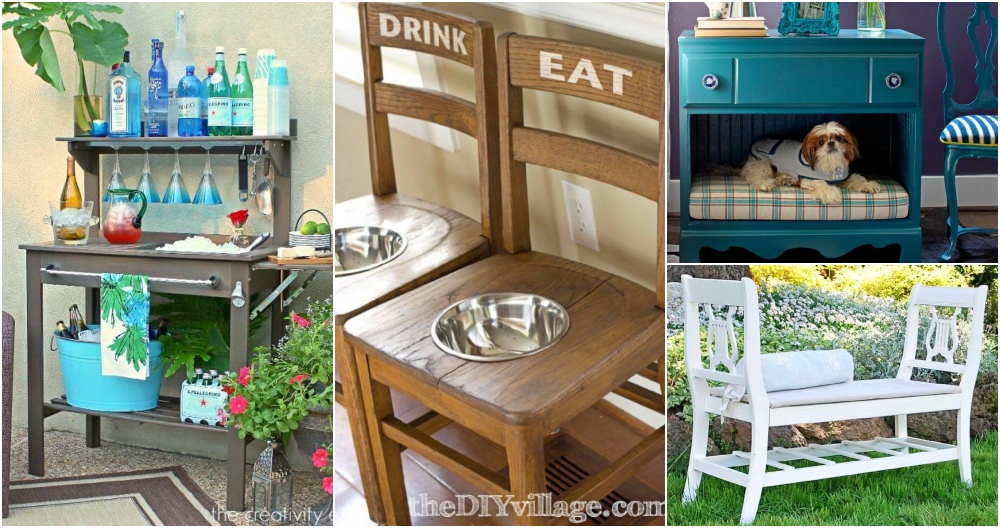
Don’t hesitate to disassemble furniture to utilize its components creatively. For instance, you can convert an old dresser into a bathroom vanity or a ladder into a bookshelf. This kind of repurposing not only maximizes the use of materials but also adds a unique touch to your home decor[2][6].
Decorative Techniques
Incorporating decorative features can enhance the appeal of your project:
Stenciling: Add designs or patterns to flat surfaces for a personalized boost. This works well for side tables or cabinets[4].
Mixing Textures: Combine different materials, such as adding woven accents or color-washed stains to wood, resulting in a dynamic look[6][7].
Creating Functionality: Transform items into multi-purpose furniture, such as turning an old cabinet into a bar or a dresser into a storage bench[3][5].
Safety Precautions

Before starting your project, particularly with older furniture, it’s important to check for lead paint, especially if the piece is dated before the 1970s. If unsure, consult professionals regarding safe removal or containment procedures[1]. Additionally, when sanding or using cleaning chemicals, wear appropriate protective gear, including gloves and masks.
Conclusion
The process of transforming old furniture through DIY upcycling techniques is both satisfying and eco-friendly. By harnessing your creativity, you can cultivate a unique environment that reflects your personality while contributing to sustainability. With the right tools, techniques, and a little imagination, any piece can be turned from outdated to outstanding. Don’t forget: Every piece of furniture you save from the landfill is a step towards a more sustainable lifestyle.
Let's look at alternatives:
- Modify the query.
- Start a new thread.
- Remove sources (if manually added).
- Request a manual search from our human research team.
Black Lotus: The iconic card widely regarded as the most valuable and powerful Magic
The Gathering card, known for its ability to provide three mana of any color for free, with prices reaching as high as $3 million for a pristine condition Alpha edition in April 2024[7][8].
The One Ring: A unique 1/1 variant from the Lord of the Rings
Tales of Middle-earth set, it sold for $2 million to musician Post Malone, making it the most expensive trading card transaction in Magic history[6][8][9].
Lord of the Pit
An early MTG card from the Alpha set known for its power in gameplay, it sold for $105,000 in January 2023, making it one of the most valuable cards in the game's history[3][7].
Timetwister
A member of the Power Nine that allows players to reset their hand and graveyard, sold for $84,000 in a recent auction[9][7].
Ancestral Recall
Known for allowing a player to draw three cards for one mana, this card can fetch up to $38,500 at auction[3][9].

Vesuvan Doppelganger
A shapeshifter card that copies other creatures, sold for $63,000, exemplifying its collectible nature[4][9].
Underground Sea
A dual land that taps for blue or black mana, valuable in numerous decks, with recent sale prices reaching $36,100[9].

Shivan Dragon
A powerful creature card from Alpha, it has sold for $44,400 and is notable for its gameplay strength and collectibility[3][4].
Copy Artifact
This card allows for the replication of another artifact on the battlefield, with sales around $29,400[4][9].
Ancestral Recall (Alpha, PSA 10)
The highest-selling version of this card, featuring its original printing, sold for $38,500[4][9].
Black Lotus (Artist Proof, Beta)
An artist proof variant of Black Lotus fetched $616,000, showcasing its immense value[9].
Splendid Genesis
A unique promotional card celebrating the birth of Richard Garfield’s daughter, sold for $72,000 in June 2022[4].
Time Vault
A card that can enable infinite turns when combined with other plays, it remains a high-value, collectible item[6][9].
The Tabernacle at Pendrell Vale
A legendary land that taxes creatures, known for its high price in the collector's market[9].
Bazaar of Baghdad
A critical card for discard strategies, valued highly and often priced above $40,000[6][9].

Juzam Djinn
A nostalgic card from Arabian Nights, valued for its history and rarity within the game[6].
Candelabra of Tawnos
Valuable in artifact decks, known for enabling mana rituals while reaching high auction prices[6][9].
Mox Sapphire
A blue mana artifact, part of the Power Nine, with notable sales reaching over $46,800[9].
Time Walk (Alpha, PSA 10)
Recorded sales similar to the standard Time Walk card but emphasizing its pristine condition within the Alpha set[9].
Candelabra of Tawnos
Useful for mana manipulation, this card finds itself frequently sought after within competitive formats[6].
Lord of the Pit (BGS 10)
A pristine condition variant of this card reached $105,000, highlighting its collector's demand and scarcity[9].
Let's look at alternatives:
- Modify the query.
- Start a new thread.
- Remove sources (if manually added).
- Request a manual search from our human research team.
Let's look at alternatives:
- Modify the query.
- Start a new thread.
- Remove sources (if manually added).
- Request a manual search from our human research team.
Get more accurate answers with Super Search, upload files, personalised discovery feed, save searches and contribute to the PandiPedia.
Let's look at alternatives:
- Modify the query.
- Start a new thread.
- Remove sources (if manually added).
- Request a manual search from our human research team.
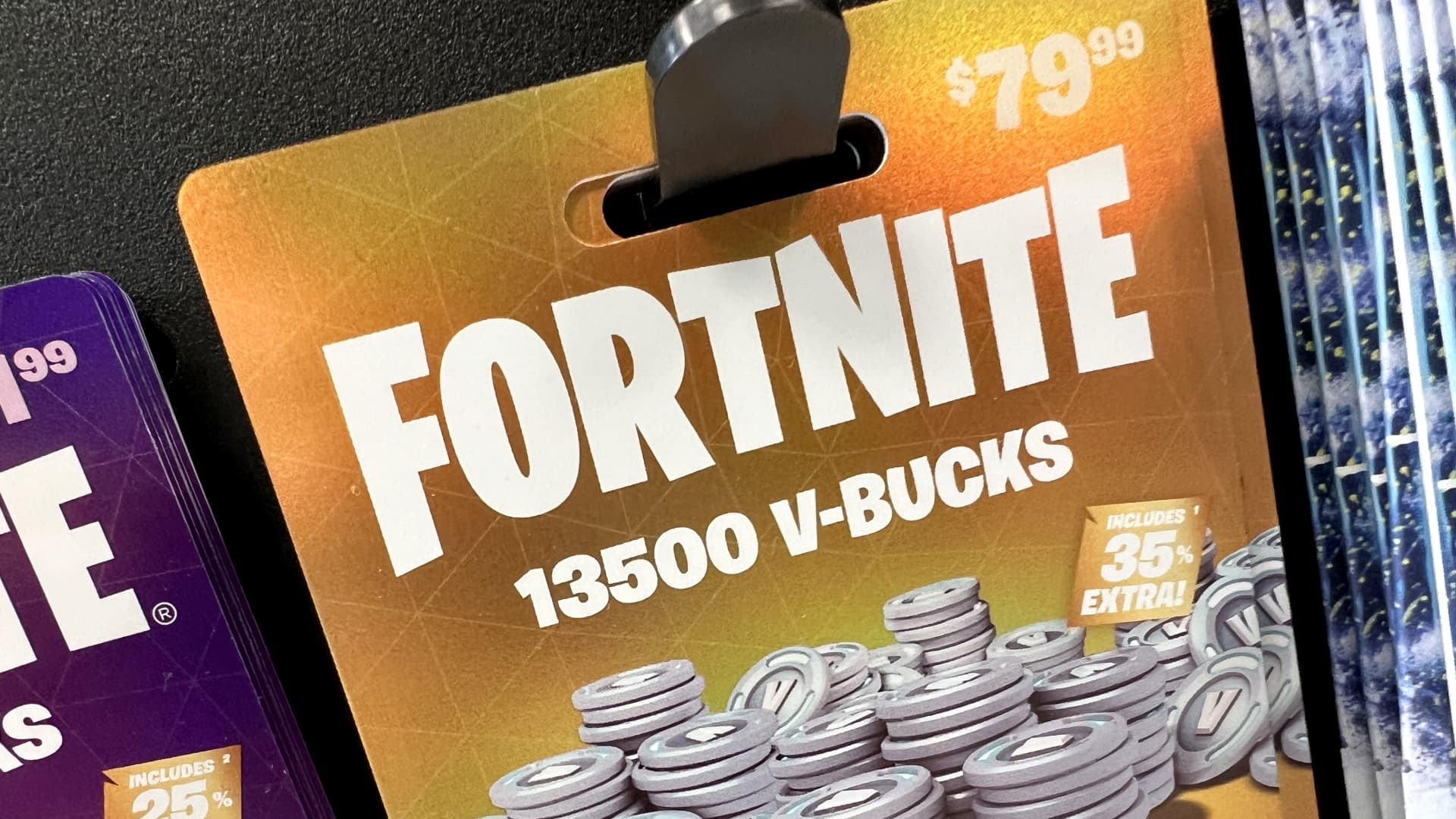
Introduction
Microtransactions have become a prevalent and often contentious aspect of the gaming industry, influencing consumer behavior, gameplay dynamics, and overall player satisfaction. As the industry shifts towards business models that rely increasingly on microtransaction-based revenue streams, understanding the implications for gaming experiences is essential. This report synthesizes insights from various studies to explore how microtransactions affect players and the gaming environments they engage with.
Consumer Behavior and Spending Patterns
Microtransactions, defined as small financial transactions within games, have reshaped how players interact with video games. They primarily manifest in the purchase of virtual goods, such as cosmetic items or features that enhance gameplay, making them a significant revenue source for game developers and publishers. For example, 'the video game industry has witnessed a significant transformation with the advent of microtransactions, becoming a crucial revenue source for game developers and publishers'[2]. The popularity of titles like Fortnite and Call of Duty: Warzone illustrates this trend, as players frequently engage in in-game purchases to enhance their gaming experience.
Research has found that players' motivations for spending on microtransactions are primarily driven by enhancing their gameplay experience, fulfilling social influences, and impulse buying behaviors. The study conducted by Rita et al. emphasizes that 'most players frequently engage with free-to-play games and utilize microtransactions' where motivations include enhancing the gaming experience and social influence[1]. Furthermore, factors such as hedonic content and social interactions significantly drive impulse buying tendencies within these games[2].
Ethical Concerns and Community Dynamics
Despite their widespread acceptance, microtransactions have triggered ethical debates, particularly concerning exploitative pricing and the potential for creating 'pay-to-win' environments. Concerns are raised regarding fairness and accessibility, especially in games where financial expenditure directly correlates to competitive advantage. As observed in free-to-play models, players often express dissatisfaction when they perceive that monetary contributions provide advantages to some players over others, leading to feelings of frustration among those who choose not to partake in such expenditures[4].
The backlash against earlier microtransaction models, characterized by a lack of transparency and perceived exploitation, has led publishers to adopt more community-friendly approaches, such as 'battle pass systems' that bundle seasonal content in a manner perceived to offer better value[3]. This transition indicates an industry response to gamer feedback, aiming to create more ethical frameworks for microtransactions while retaining profitability.
Microtransactions and Game Design
From a design perspective, microtransactions have prompted developers to reconsider how they structure game experiences. The balance between monetization and player satisfaction is critical; developers must deliver enjoyable experiences that also justify additional spending. According to insights from Alić and Dumančić, 'good implementation provides players with a sense of exclusivity and rarity' that can enhance the overall gaming experience, aligning with the freemium model where the core game remains accessible while offering optional purchases to enrich gameplay[4].
Understanding player psychology is pivotal in this context. The findings indicate that excitement and emotional engagement during gameplay—often termed 'flow experience'—are vital in driving impulse purchases. When players are deeply immersed in a game, they are more likely to make spontaneous purchases in response to compelling in-game events[2].
The Role of Community and Social Interaction
Microtransactions also have a profound impact on social dynamics within gaming communities. The desire for status and recognition among peers often motivates players to engage in spending, with social content in games—such as exclusive cosmetic items or access to special features—playing a significant role in driving impulse buying[2]. This social aspect can enhance the gaming experience by fostering community interactions but can also breed resentment among players who feel pressured to spend to maintain social standing.
As confirmed by industry reports, 'in-game spending has become a high-stakes issue' due to its implications on community health and player retention[3]. Developers increasingly consider these dynamics in their microtransaction strategies, focusing on mechanisms that deliver genuine value and enrich player interaction without alienating non-paying participants.
Conclusion
Microtransactions have reshaped the landscape of video gaming, influencing consumer behavior, gameplay dynamics, and community interactions. While offering players enhanced experiences and game longevity, they also raise significant ethical concerns about fairness and accessibility. As the industry continues to evolve, the challenge remains to strike a balance between monetization and player satisfaction, ensuring that games remain enjoyable and engaging without exploiting players financially. Through thoughtful game design and consumer insights, developers can harness the potential of microtransactions while fostering healthy gaming communities that thrive on shared experiences rather than economic divides.
The interplay between microtransactions, consumer behavior, and the overall gaming experience highlights the complexity of modern gaming environments and the continuous evolution of player expectations in an increasingly digital landscape.
Let's look at alternatives:
- Modify the query.
- Start a new thread.
- Remove sources (if manually added).
- Request a manual search from our human research team.
Sanditon is a British historical drama[2] TV series based on Jane Austen[1]'s final and unfinished novel[1] of the same name. It follows the story of Charlotte Heywood[1], a young heroine in the Regency era, as she navigates the budding seaside resort of Sanditon[2]. The show is filled with romance, intrigue, and seaside adventure, and has received mixed reviews for its departure from Austen's style. The series has also been commissioned for second and third seasons and offers related podcast interviews and online special features[3]. Overall, it has been called 'must-see TV' for period drama fans[1].
Let's look at alternatives:
- Modify the query.
- Start a new thread.
- Remove sources (if manually added).
- Request a manual search from our human research team.

JBL Charge 5
Known for its clear, open soundstage and durability with an IP67 rating, it also features a built-in power bank to charge other devices and offers up to 20 hours of battery life[1][10].

JBL Flip 6
A highly portable Bluetooth speaker offering rugged design with IP67 protection, it provides dynamic sound and EQ customization through an app, lasting up to 12 hours on a single charge[5][11].

Tribit StormBox Micro 2
Compact and affordable, this speaker delivers impressive audio quality for its size with a rugged design rated IP67, featuring a battery life of around 12 hours[4][10].
Ultimate Ears Wonderboom 4
A small, lightweight option with 360-degree sound, rated IP67 for water and dust resistance, it offers a battery life of over 13 hours and floats in water, perfect for outdoor use[7][10].

Bose SoundLink Flex
Offers surprisingly rich sound with a durable and waterproof design (IP67), it's lightweight and features up to 12 hours of battery life, ideal for outdoor use[10][11].

Anker Soundcore Motion 300
A budget-friendly speaker with IPX7 waterproofing, customizable EQ settings through a companion app, and a battery life of up to 13 hours, making it great for outdoor adventures[9][11].

Beats Pill
This speaker delivers impressive bass with a rugged, waterproof design (IP67), it features an extended battery life of up to 24 hours and is suitable for casual outdoor use[8][9].

Sony SRS-XB100
A compact, lightweight speaker with a robust sound, rated IP67 for water and dust resistance, it achieves over 20 hours of battery life, making it portable and reliable for outdoors[9][11].
Ultimate Ears MEGABOOM 3
Features a durable design with IP67 rating, delivering impressive sound quality for both indoor and outdoor settings, the battery lasts up to 20 hours[10][11].
Anker Soundcore Flare 2
Comes with a customizable EQ, IPX7 water resistance, and a battery life of over 12 hours, this speaker brings a good balance of sound and portability[10][11].
Marshall Emberton II
This stylish speaker offers a rugged IP67 build with a long battery life of up to 30 hours while delivering dynamic sound for a portable option[10][11].

Ultimate Ears Hyperboom
Known for its loud sound output and IPX4 rating, features over 24 hours of battery life and allows pairing with other UE speakers for an enhanced audio experience[8][10].
Tribit StormBox Pro
A rugged speaker offering rich sound with IP67 water resistance, achieving a battery life of approximately 20 hours[5][10].
Apple HomePod Mini
Despite its compact size, it provides sophisticated audio quality and smooth integration into Apple’s ecosystem, though primarily designed for home use rather than outdoor portability[2][9].
LG XBoom Go
This speaker balances portability with sound quality and offers an IPX4 rating, designed for outdoor/mechanical robustness with a decent battery life[10][11].

Bose SoundLink Micro
A compact option that provides quality sound, IPX7 water resistance, and a built-in strap for easy portability[11].
JBL Boombox 3
With a hefty design, IP67 rating for water and dust resistance, it produces deep bass and lasts around 30 hours, ideal for large gatherings outdoors[10][11].
Anker Soundcore 3
This model provides a good sound experience and includes features like a graphic EQ, rated IPX7 for water and dust resistance, with a battery life of 13+ hours[11][10].
Klipsch Groove
A compact Bluetooth speaker that offers robust sound and a rugged design, suited to outdoor use with a reasonable battery life[9][11].
Philips BT5500B
This speaker has strong sound quality, IPX7 water resistance, and decent portability, making it good for various environments[11].
Creative Muvo Play
A compact speaker that delivers solid sound with an IPX7 rating, it offers a battery life of about 10 hours suitable for outdoor activities[10][11].
Let's look at alternatives:
- Modify the query.
- Start a new thread.
- Remove sources (if manually added).
- Request a manual search from our human research team.

